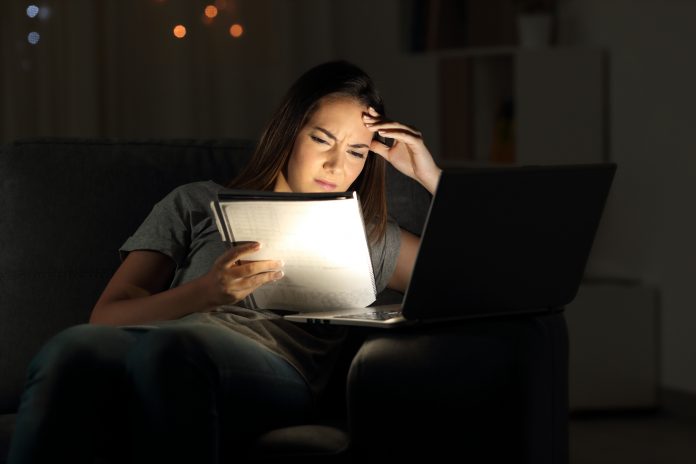In a survey of 312 students, researchers explored why students were keeping their cameras turned off – despite encouragement from teachers, and a general sense of wanting to see their classmates
“Most of our students had their cameras off,” said Sarvary, director of the Investigative Biology Teaching Laboratories in the College of Agriculture and Life Sciences (CALS).
“Students enjoy seeing each other when they work in groups. And instructors like seeing students, because it’s a way to assess whether or not they understand the material. When we switched to online learning, that component got lost. We wanted to investigate the reasons for that.”
Sarvary and co-instructor Frank Castelli, a CALS Active Learning Initiative education postdoctoral researcher, worked with 312 students to try and tackle the reluctance of groups to turn their cameras on.
More than half said it was the “norm”
They found that while some students had concerns about the lack of privacy or their home environment, 41% of the 276 respondents cited their appearance, and more than half of those who selected “other” as their reason for keeping their camera off explained that it was the norm.
These social norms are an underlying rule that permeates groups, never having to be mentioned or explained – the intuitive way that students pick-up the smallest details and put together an expected social conduct. This is a loose explanation of why it can be difficult to exist as a teenager, while simultaneously navigating a global pandemic and facing stressful exams.
This suggested that explicitly encouraging camera use could boost participation without adverse effects, the researchers said. Students are already participating in social movements from home, educating themselves and their families.
‘Underrepresented minorities’ could feel undue burden
“We felt it would create an undue burden and add stress in an already stressful time to require the cameras to be on, and we found this could disproportionately affect certain groups of students, such as underrepresented minorities,” said Castelli, first author of the study.
When it comes to minorities in schools, attending the same building was a quiet form of equalisation. There was no fear that they were being judged on the socio-economic tells that can be seen in something as innocuous as a wall, or in the background noise of a live class.
Intergenerational trauma may also shape how a student behaves at home, versus at school.
With some students, home life can also be abusive or traumatic in some way. Exposing this kind of dynamic to a classroom by requiring cameras to be turned on, can cause immense distraction and make individuals reluctant to participate.
Megan Kuhfeld, senior research scientist at NWEA involved in a different study, commented: “Inequalities that have existed in our education system prior to COVID are getting worse at the same time school districts are facing massive budget shortages.
“We need additional investments from the federal government to prevent looming school budget cuts.”











